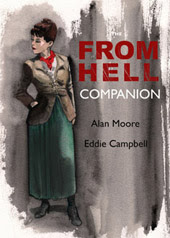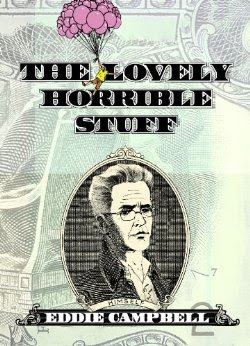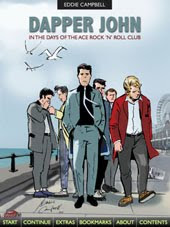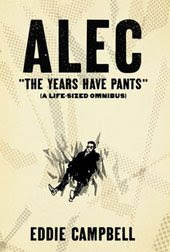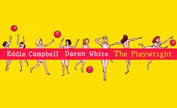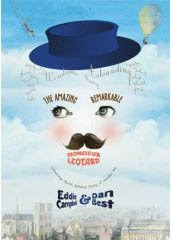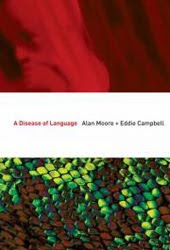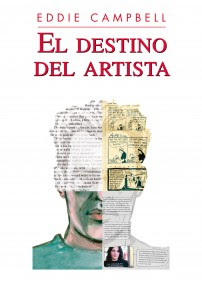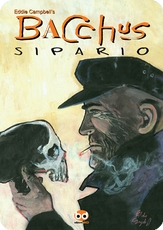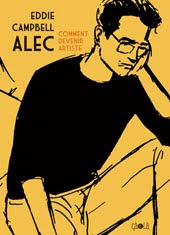"the caboose was last seen heading onto the siding with the rest of the fond hopes."
The only 'comics' I have found worth reading in the last two or three weeks is the selection of Otto Soglow in the November Comics Journal #286. There are 37 colour sundays from 1933/34 with 5 pages of text intro. This is Otto Soglow's The Ambassador, a title and character used for contractual reasons until the much more famous Little King could be freed from The New Yorker's lease. I'm working through it a page or two at a time, rationing it. Every page gives me a laugh out loud, and it's good to have a couple to look forward to tomorrow. The Ambassador is a man of humble pleasures. After being shown around his lavish new estate he sneaks out to the back garden to paddle in the birdbath: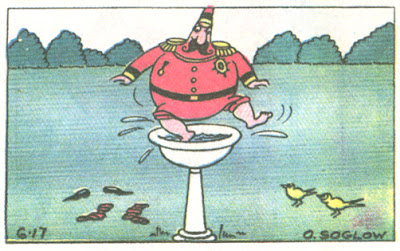
Update, to add. After I posted the above, my pal mr j sent me a couple of jpegs, being the cover and a page (on the subject of London fog- click to enlarge) from Soglow's 1939 book, Confidential History of Modern England 

coincidentally, Allan Holtz just posted a photo with Soglow in it, nov 7
*********
In the same issue of the Comics Journal, R. Fiore: "Back in the '80s, when I was working for Fantagraphics, the great dream was that if comics could only break into the mainstream bookstores they would find themselves on a level playing field where the tastes of the CBG's ('Comic book guys' in his thesis, what I've been calling 'comic book culture') would not hold sway. While the front end of the dream came true, the caboose was last seen heading onto the siding with the rest of the fond hopes."
It's foolish of me to be wasting my time on the likes of the following, but it has become a morbid fascination. Comic books get literary treatment at library By MATT CASEY -- Evening Sun - 11/08/2007
Whether you call them comic books or graphic novels, it's not all about men in spandex. So the Dillsburg Area Public Library's winter session of lectures will teach you just that. Library director Jean Pelletiere said she's running this lecture series so she can find out what graphic novels are "all about." "I've just discovered that it's called a format, not a genre," she said.Keep feeding that to the media, you idiots; comics still have much to contribute to the great dumbing down of culture.
Labels: classic strips(2), old books (2), old books(1)































